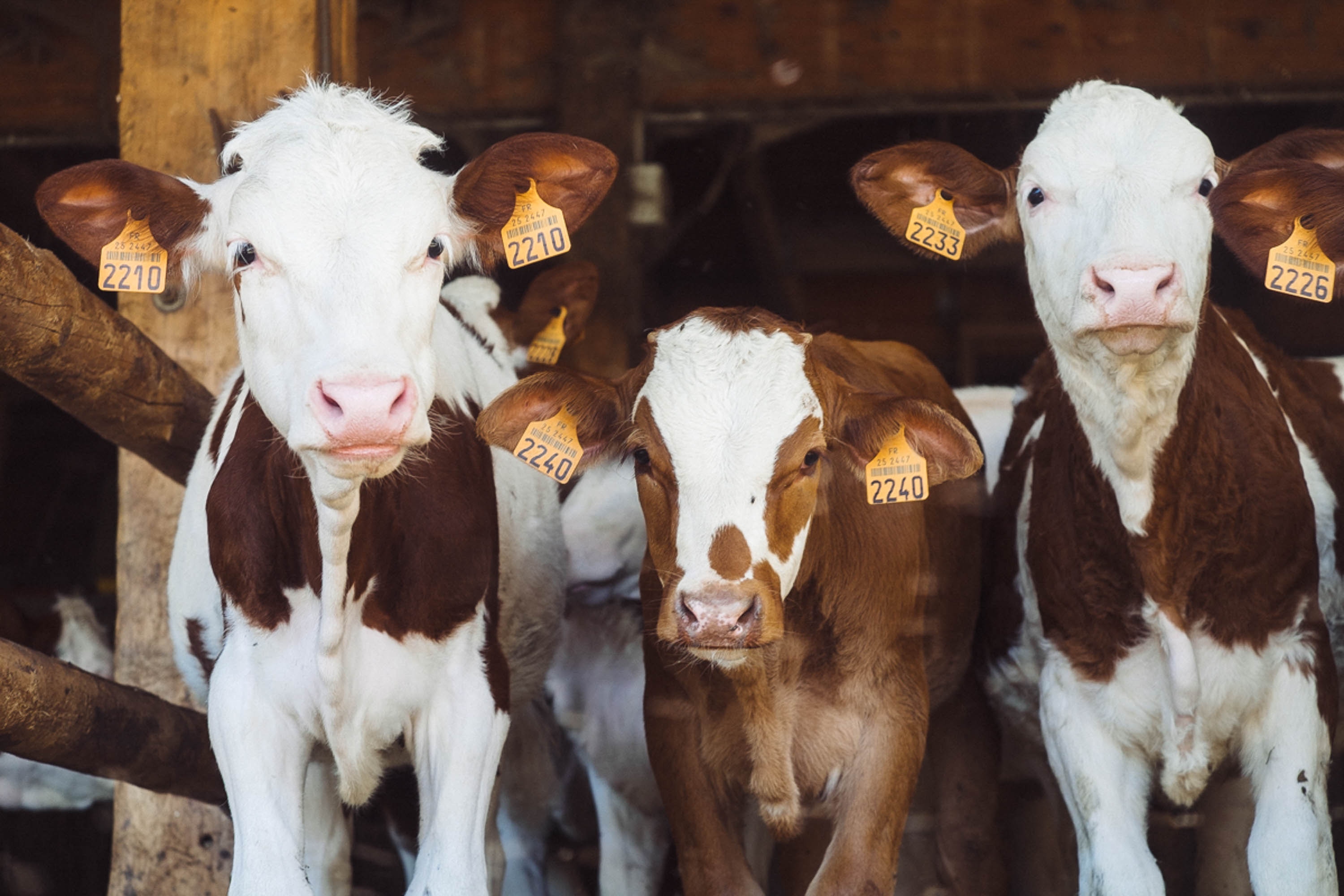a2 milk and other dairy products seem to be the latest big thing popping up in the supermarket so I thought that for this edition of ‘Ask Alex’, I would investigate a little bit more…
What does a1 and a2 refer to?
Cows milk contains milk protein, in which the primary group, ‘casein’, accounts for around 80% of the total protein content of cows milk. Of the caseins, there are three major groups. Both a1 and a2 fall under the beta-casein category (one of the three major groups of caseins). To put it simply, a1 and a2 are genetic variants of one another; hence, their major structural difference is all to do with one amino acid at position 67 in the protein chain – for the science nerds of us; at this position, a1 features histidine whereas a2 features proline. This simple difference can lead to key differences in the digestion of a1 vs. a2 milk. Stay with me.
So what’s the problem with a1 milk…?
It’s important to note that a1 milk isn’t bad per se. Rather, some people have issues in the digestive process.
a1 is considered by scientists to be a genetic mutation, one that results in the production of BCM7, a compound believed to be responsible for the unwanted symptoms related to a1 cows milk consumption. Hence, that small difference in the amino acid chain at position 67 that I was talking about, has very significant differences in the way that the milk is digested and tolerated in the human digestive tract.
BCM7 (aka beta-casomorphin-7) is an opioid peptide. It is produced in a1 beta-casein protein as a result of histidine’s removal from position 67 in the amino acid chain during the human digestive process. Hence, BCM7 has been found to exert opioid-like effects and thus, has been identified as the main player when it comes to lactose intolerance. It has also been shown to alter gastrointestinal function and causing a pro-inflammatory effect in animal studies.

What makes a2 milk different then?
a2 milk is distinguished from a1 milk because it does not contain any a1 beta-casein protein.
The a2 protein was the original form of beta-casein produced by cows thousands of years ago. Over the years, naturally occurring genetic mutations meant that the a1 protein type began to appear in cows a lot more, so much so that it has now become one of the most common beta-casein proteins in many dairy cows today.
Hang on…so what exactly is the difference again?
All of the regular cows’ milk brands currently sold in Australian supermarkets contain a combination of a1 and a2 milk proteins (except the branded a2 milk). Conversely, a2 dairy cows undergo testing and if found to have the specific genes for the natural production of only the a2 protein and not the a1, they then enter an exclusive a2 dairy herd. It should be noted, that genetic modification is not a part of this process, rather the process relies on genetic testing and breeding of a2 producing dairy cattle.
What is the evidence?
A recent human study compared the digestive effects of a1 and a2 beta-casein milk. It was an eight-week study involving 41 people, most of whom consumed milk on a regular basis and considered themselves to have no ill-effects when digesting cows milk (prior to study period). A double-blind crossover, this study meant that each subject acted as their own control; testing each of the two milks and both the subject and the researcher did not know which one they were testing at either time. Each subject spent two weeks consuming each milk with a two-week dairy free period in between in which they consumed rice milk.
Results showed that the a1 beta-casein milk led to high significantly higher stool consistency values (as measured by the Bristol Stool Scale) compared with the a2 beta-casein milk. There was also a statistically significant positive association between abdominal pain and stool consistency after a1 milk consumption. It was also hypothesised that some individuals may be susceptible to the a1 beta-casein, as evidenced by higher faecal calprotectin values and associated intolerance measures.
Here are some further fast facts:
- a1 milk is traditionally formed from cows such as fresians whereas jersey cows are traditionally responsible for the production of a2 milk.
- a2 and a1 milk contain the SAME amount of lactose – hence, neither are suitable for those with a lactose intolerance.
- Other milk-producing mammals such as goats, sheep and humans also produce the a2-type protein.
Milk is a valuable source of B vitamins, calcium, protein and more. It only causes adverse effects in ‘some of us’, yet many of us tend to avoid it! Milk is good, milk is bad…it gets confusing after a while, I know. The research above shows that those people who tend to avoid dairy due to the ill-effects it may cause for them specifically and NOT lactose intolerance may well be able to tolerate a2 milk. The moral of this story: this is still a field in which much research is taking place and until we know more, lets work to not simple ignore it, rather use it as reassurance. In the meantime, I will continue to monitor the research and will update you where necessary.

1Pingbacks & Trackbacks on Ask Alex: What is the difference between a1 and a2 milk?